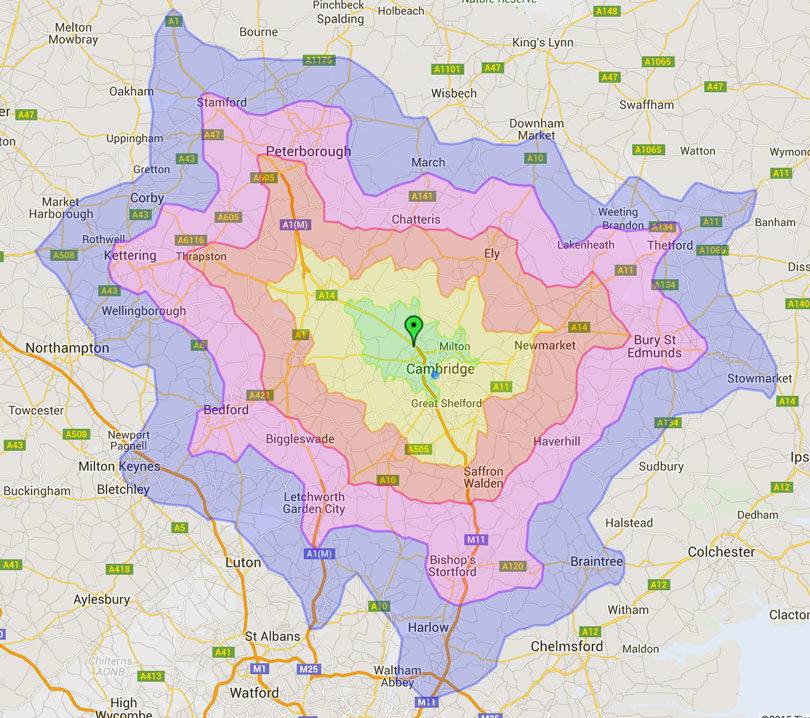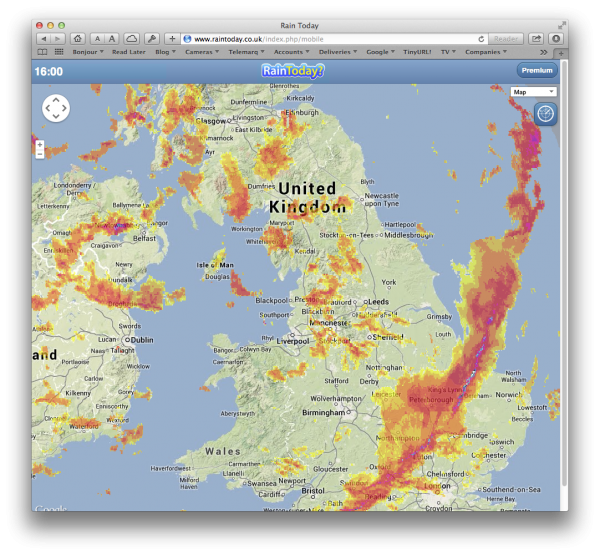I very seldom use the railways in the UK any more, though I did make two short one-way train journeys in 2023. The first was to collect our campervan from the dealer, and the second was when Rose, Tilly and I took our inflatable kayak from the little station at Bures one stop up the line to Sudbury, and then paddled back down the River Stour to where we’d left the car in the station car park. That was fun. They do have their uses for one-way journeys.
But I don’t think I went on a train at all in 2024. (Oh, actually, wait a sec… none in the UK: there were a couple of trips on the Athens metro.) I do quite like trains as a theoretical concept, and use them when I’m in other parts of the world, but the reality here in the UK is that, unless you’re unfortunate enough to live in London, driving is generally much more comfortable, more reliable, usually quicker, and always much cheaper than going by rail, so there are very few circumstances when I’d choose to go by train. Even the obvious advantage that you can read on the train is now significantly diminished by having Audible in my car.
And before anyone points out the green credentials of rail travel, it’s less clear-cut than you might think. This page suggests that even if you include all the CO2 used in manufacture, the carbon footprint of two people travelling in an EV will work out at 90g/person/mile; very similar to the 80g/person/mile of a standard-class UK train seat, and way better than a first-class seat. If there are more than two of you in the car, you can feel especially virtuous, as well as saving lots of money. This UK government report suggests that EVs and trains have broadly the same emissions if there are only 1.6 people in the car.
There was a brief period in the past when I worked in London for a few weeks, but I quickly realised that life is not a rehearsal, you only go around once, and spending any significant part of one’s all-too-limited time on a commuter train was sheer madness! But I’ve found that as long I only use the railways for unusual trips at off-peak periods, or on holidays, I can maintain a nostalgic fondness for them. (And if you’re ever able to take all that money you save over the years by not going on trains and blow it all on one ticket on the Orient Express to Venice, I can definitely recommend the experience!)
All of which is a rather long introduction to the fact that I do still find this live train map from SignalBox to be rather pleasing! You can sit comfortably at home, picture all those trains rushing in around the country, and feel some sympathy (or perhaps schadenfreude!) for those whose icons are not green.
 This is a brilliant idea. Take the world and divide it into 3m squares. Then, given a modest vocabulary, you can label each square using just three words.
This is a brilliant idea. Take the world and divide it into 3m squares. Then, given a modest vocabulary, you can label each square using just three words.

Recent Comments